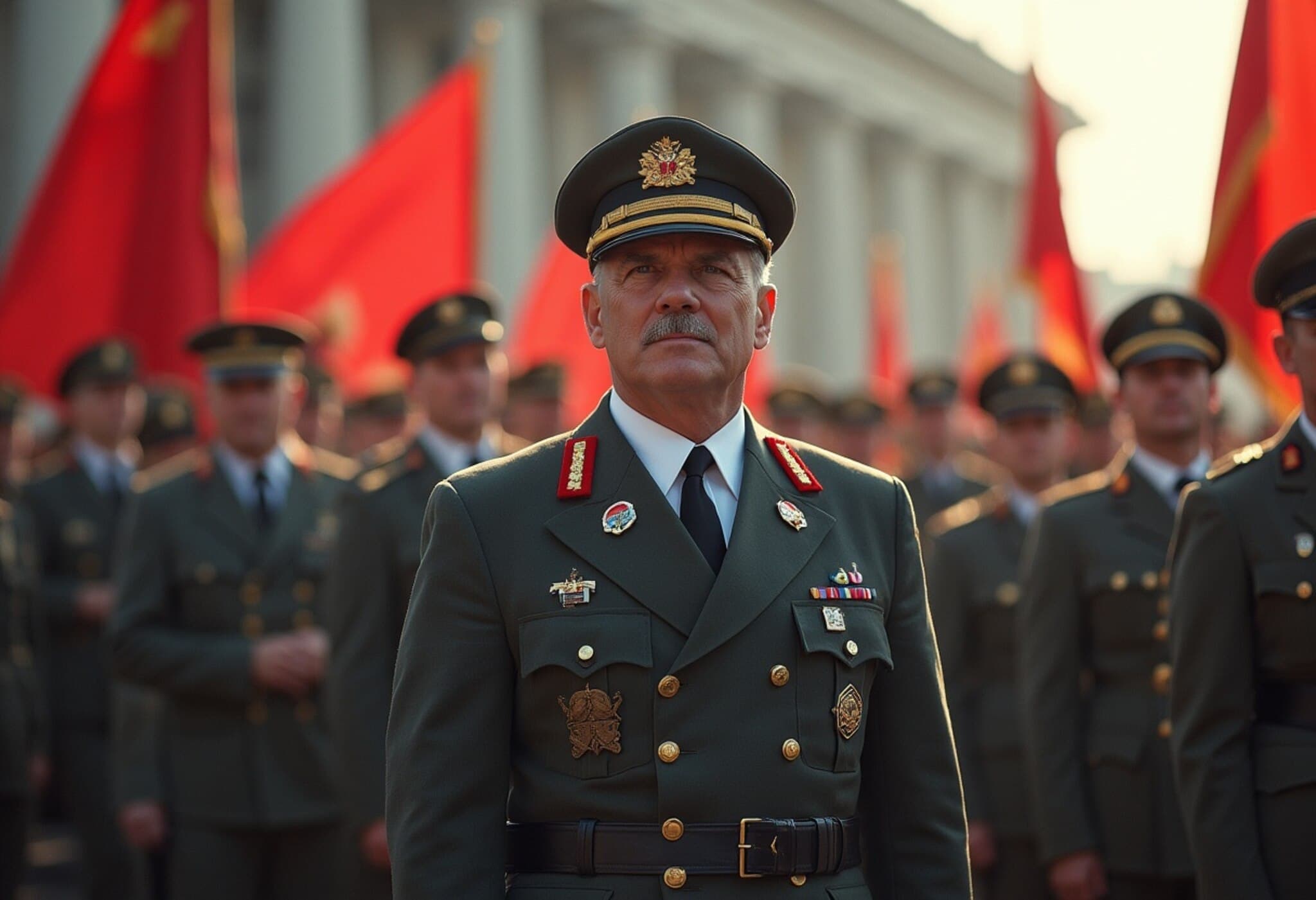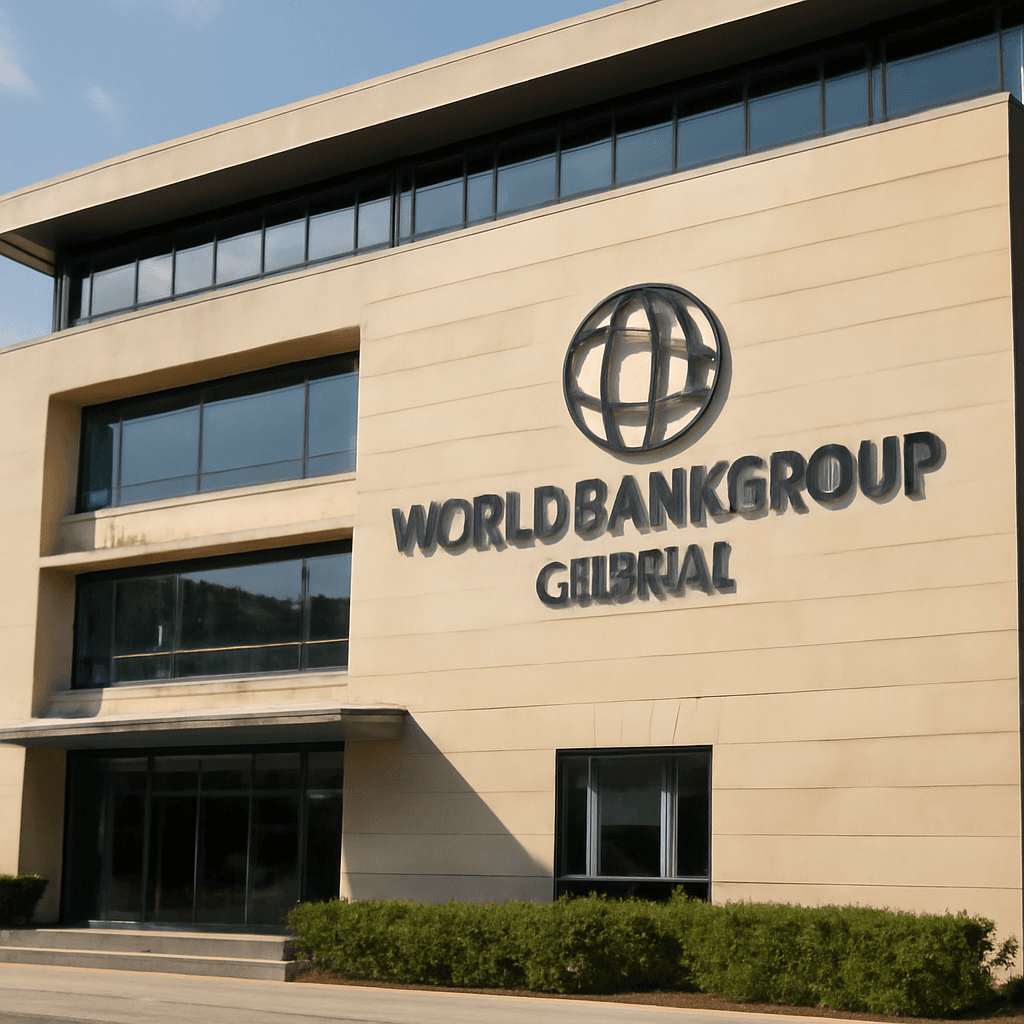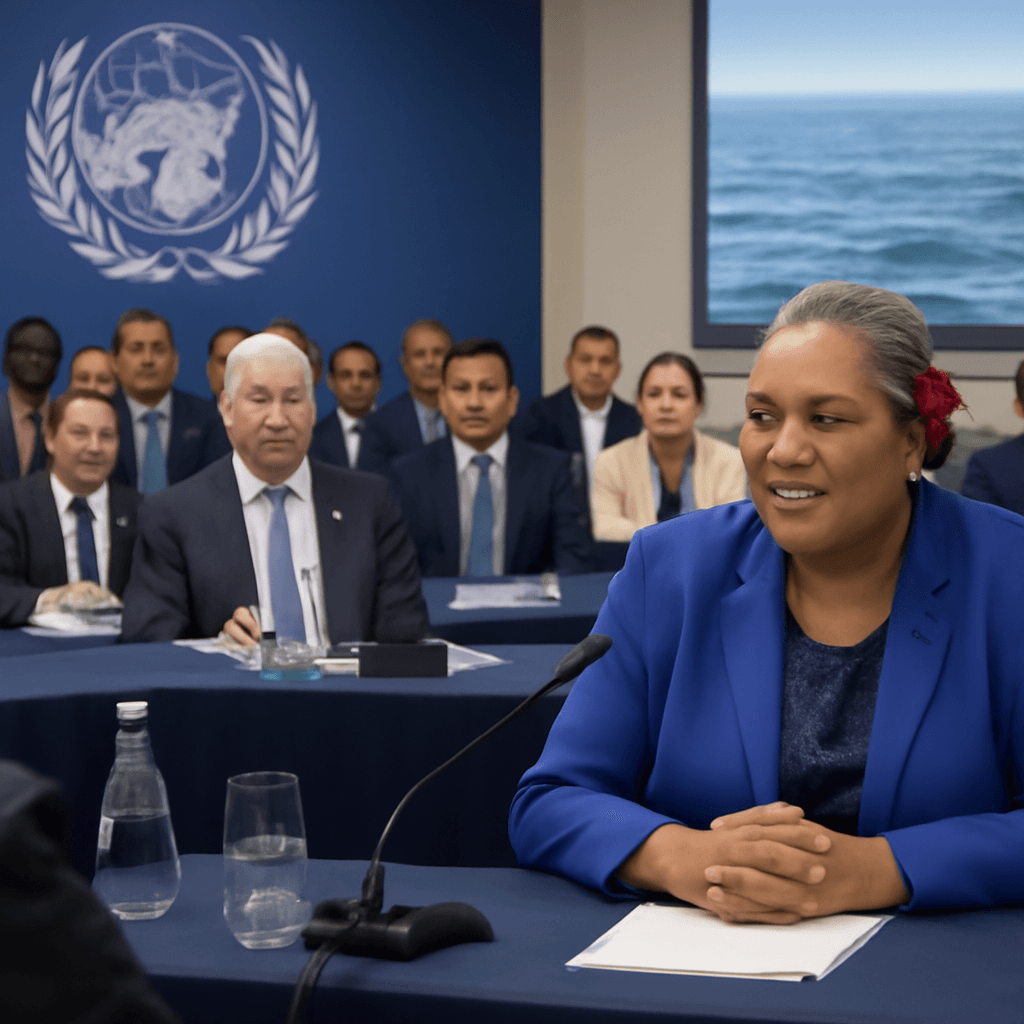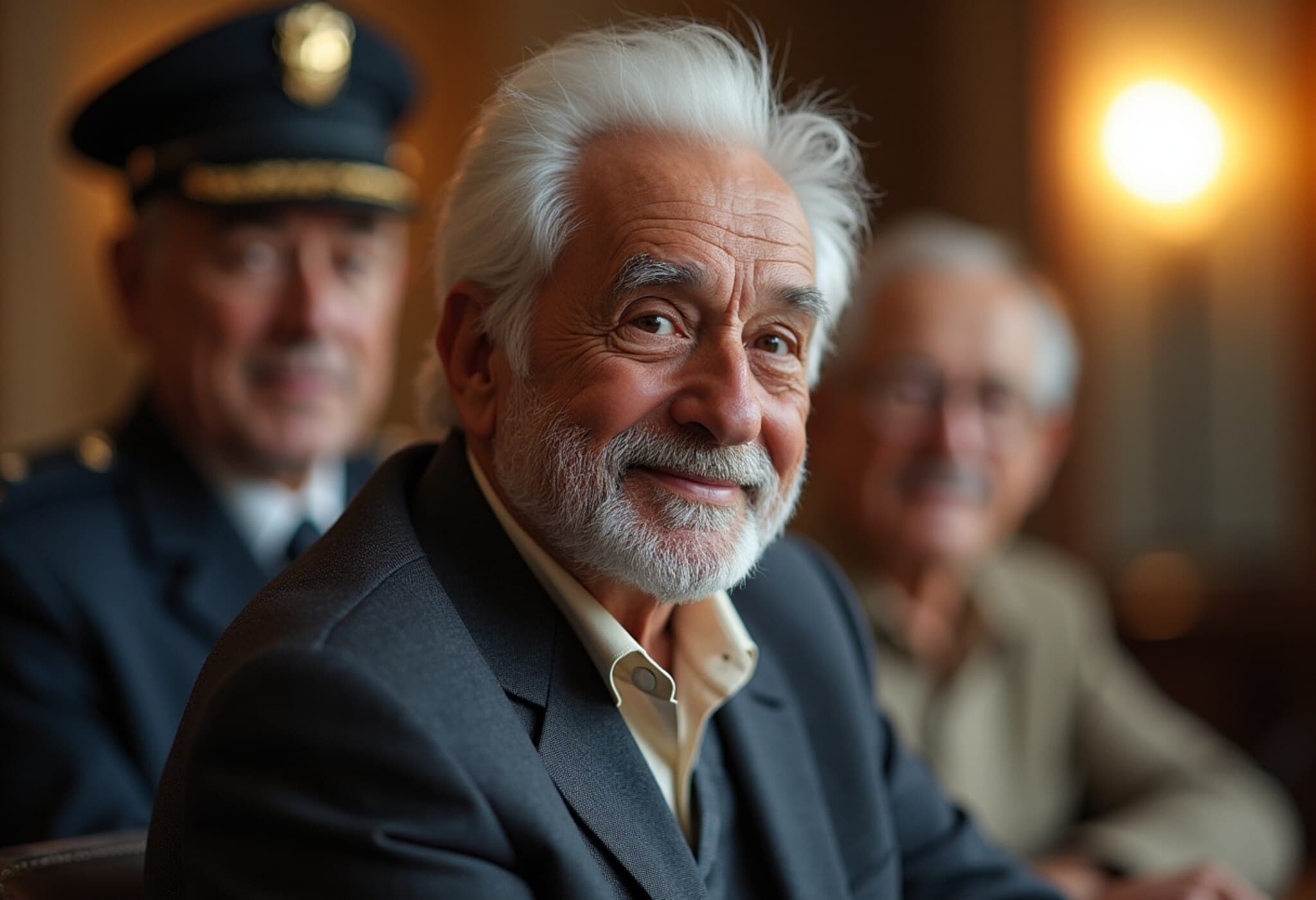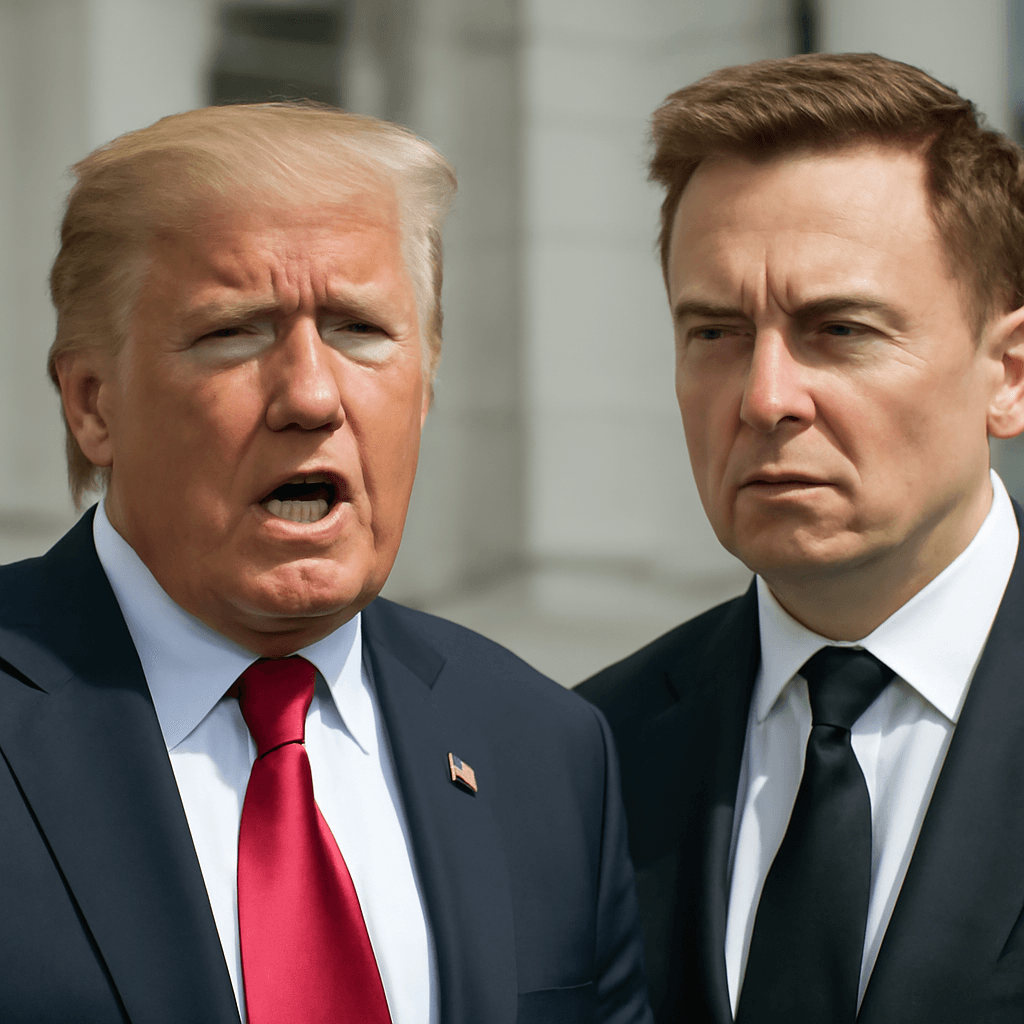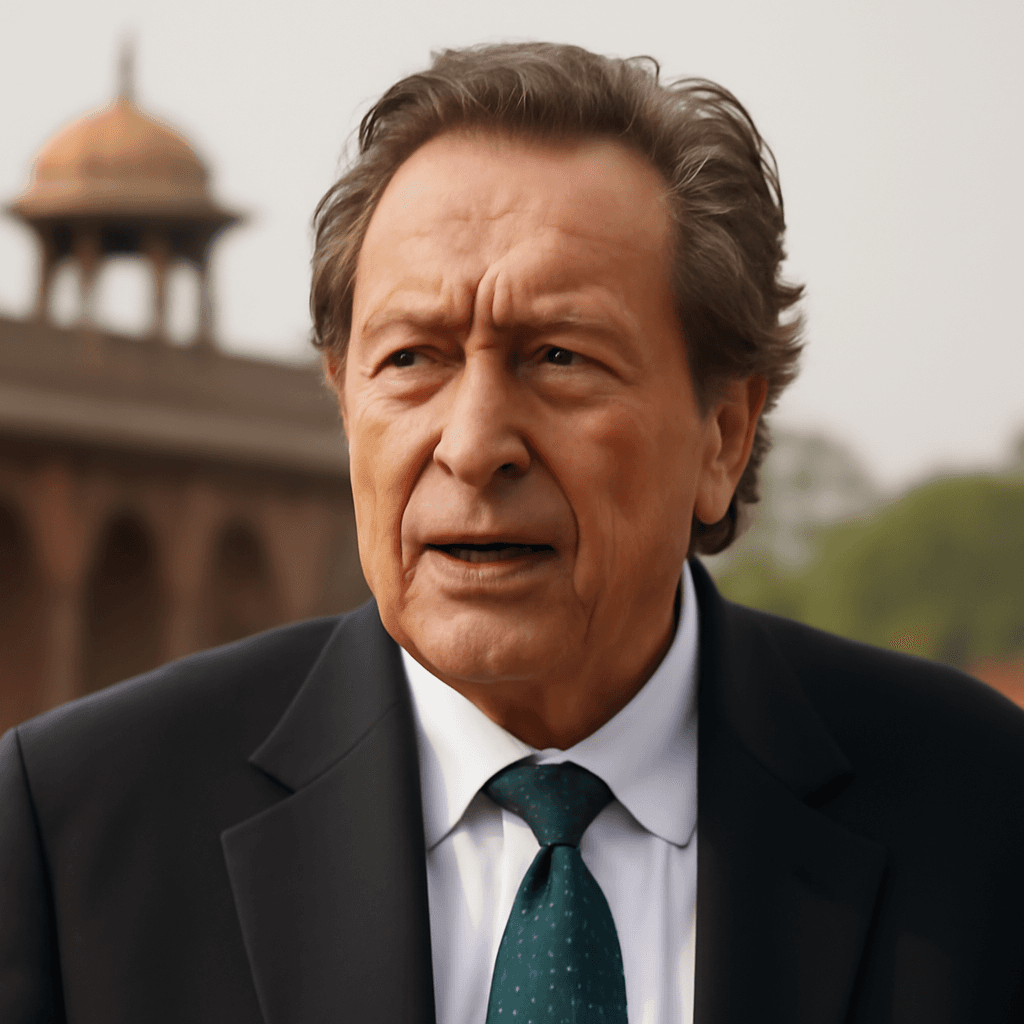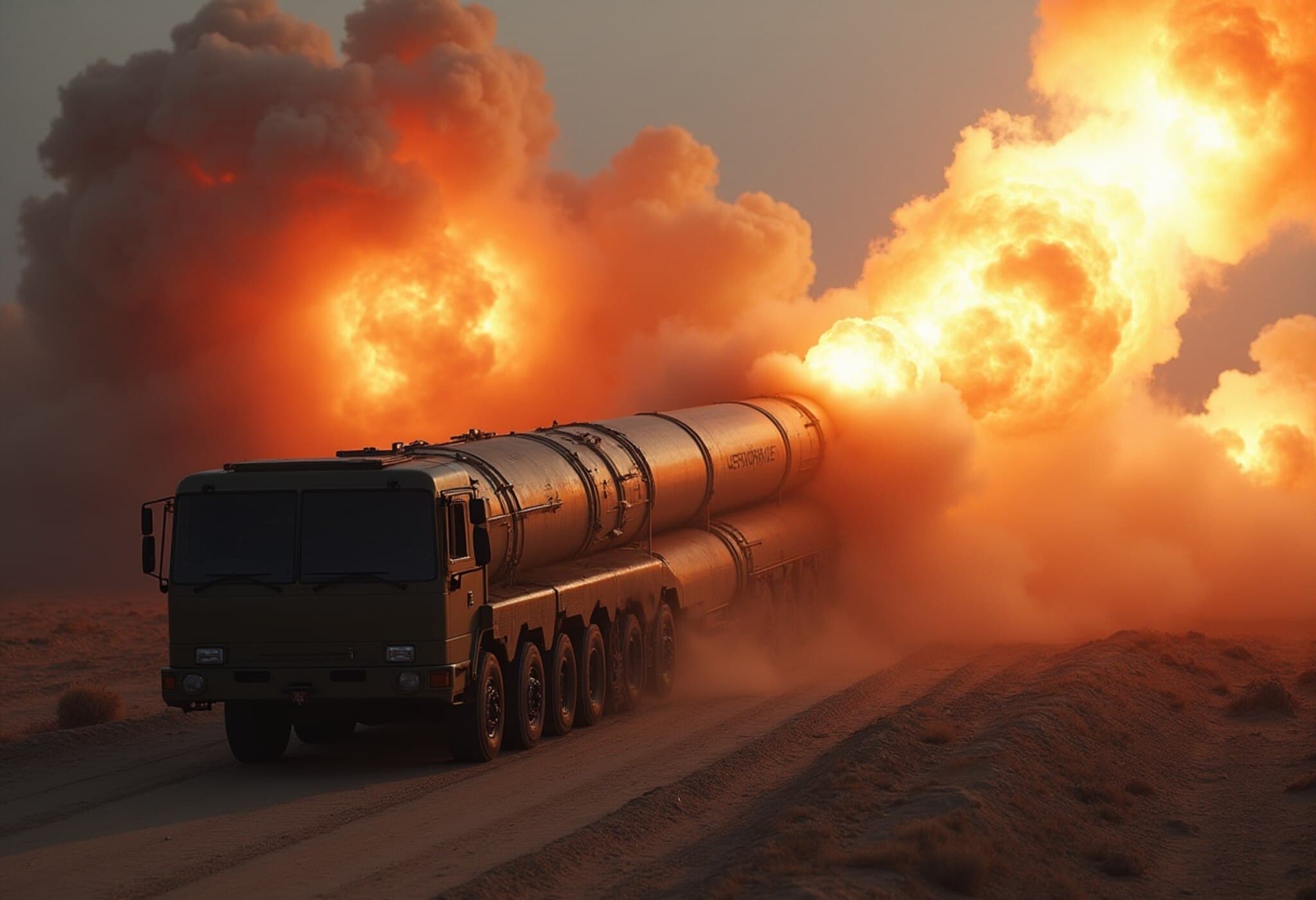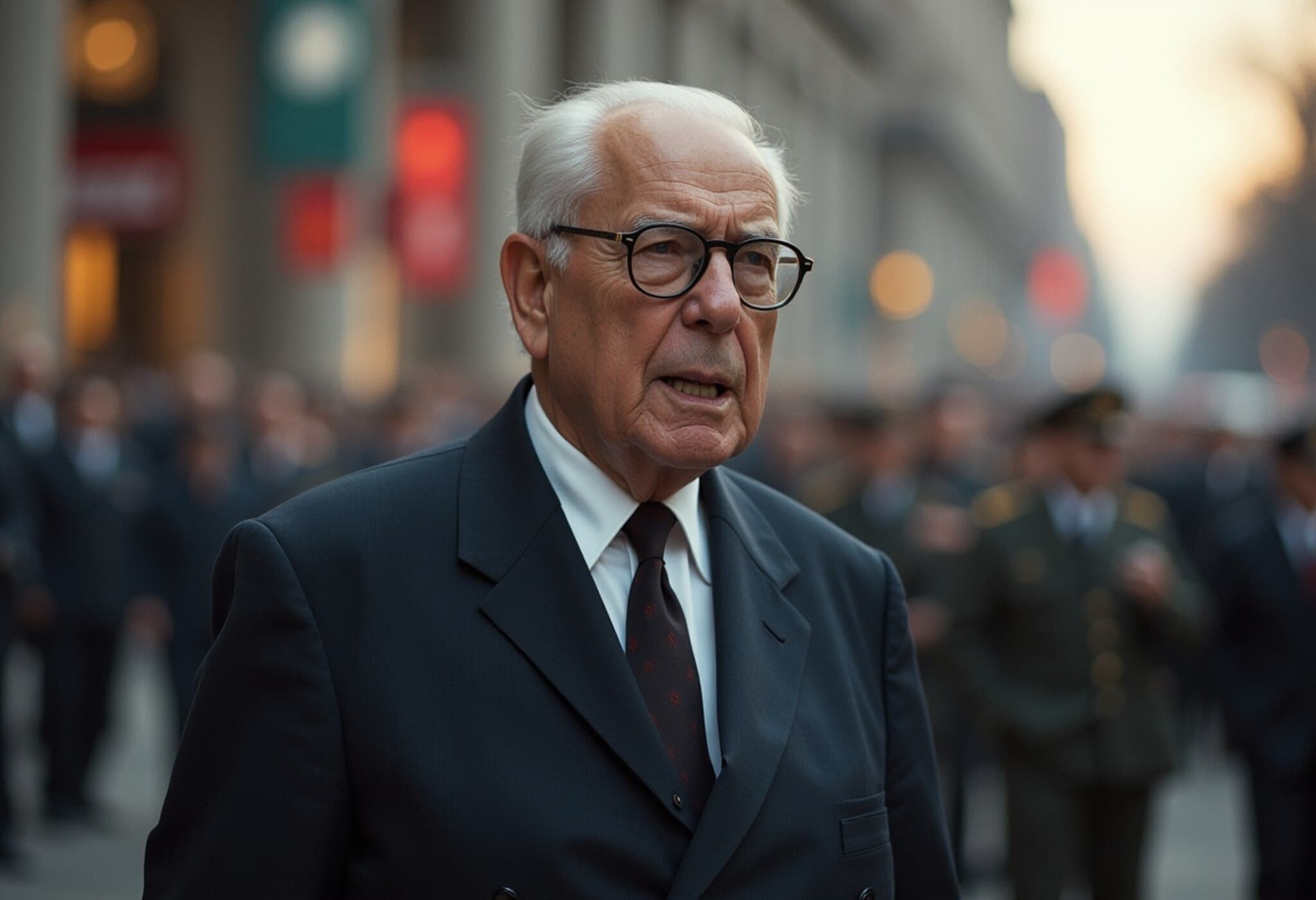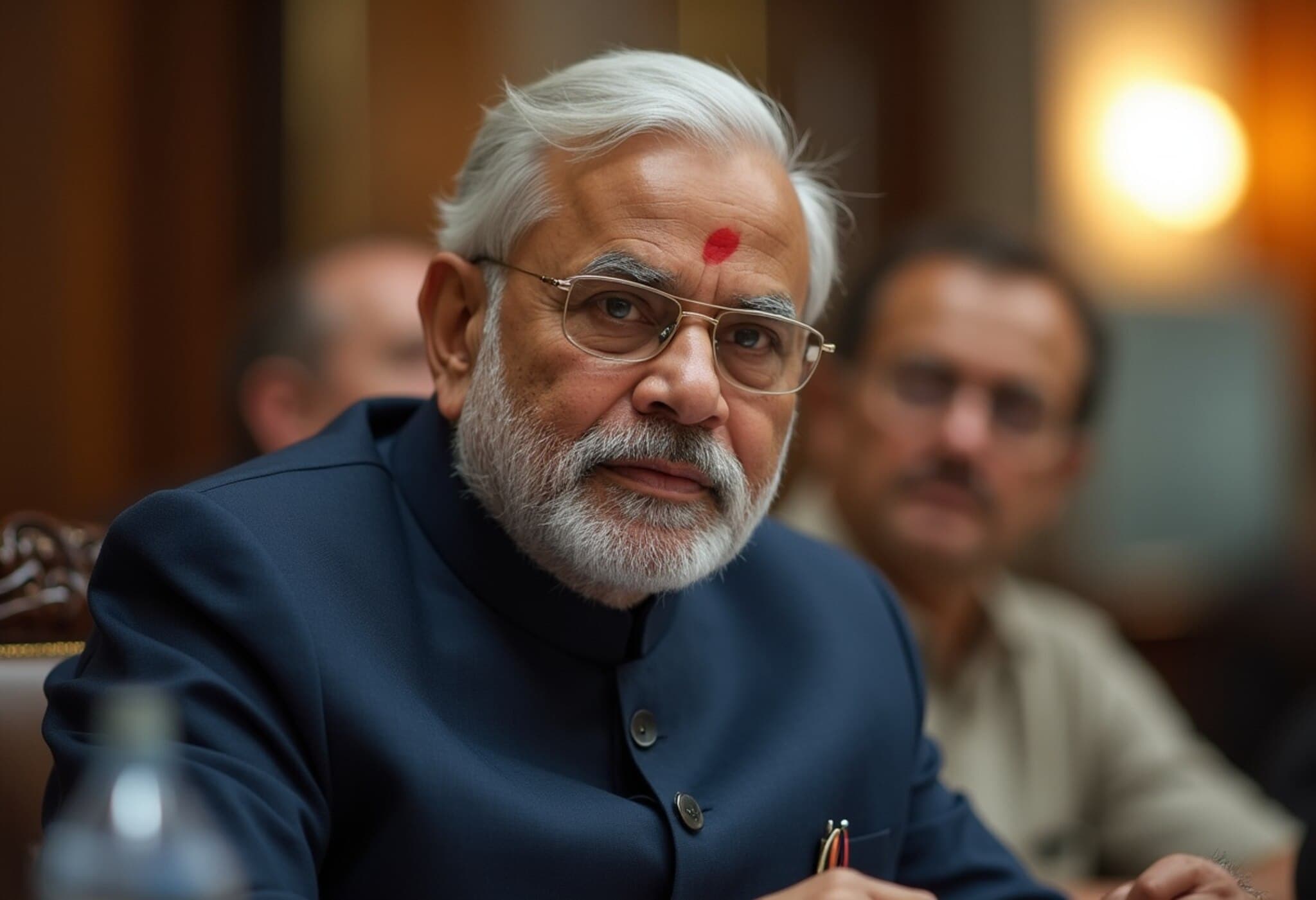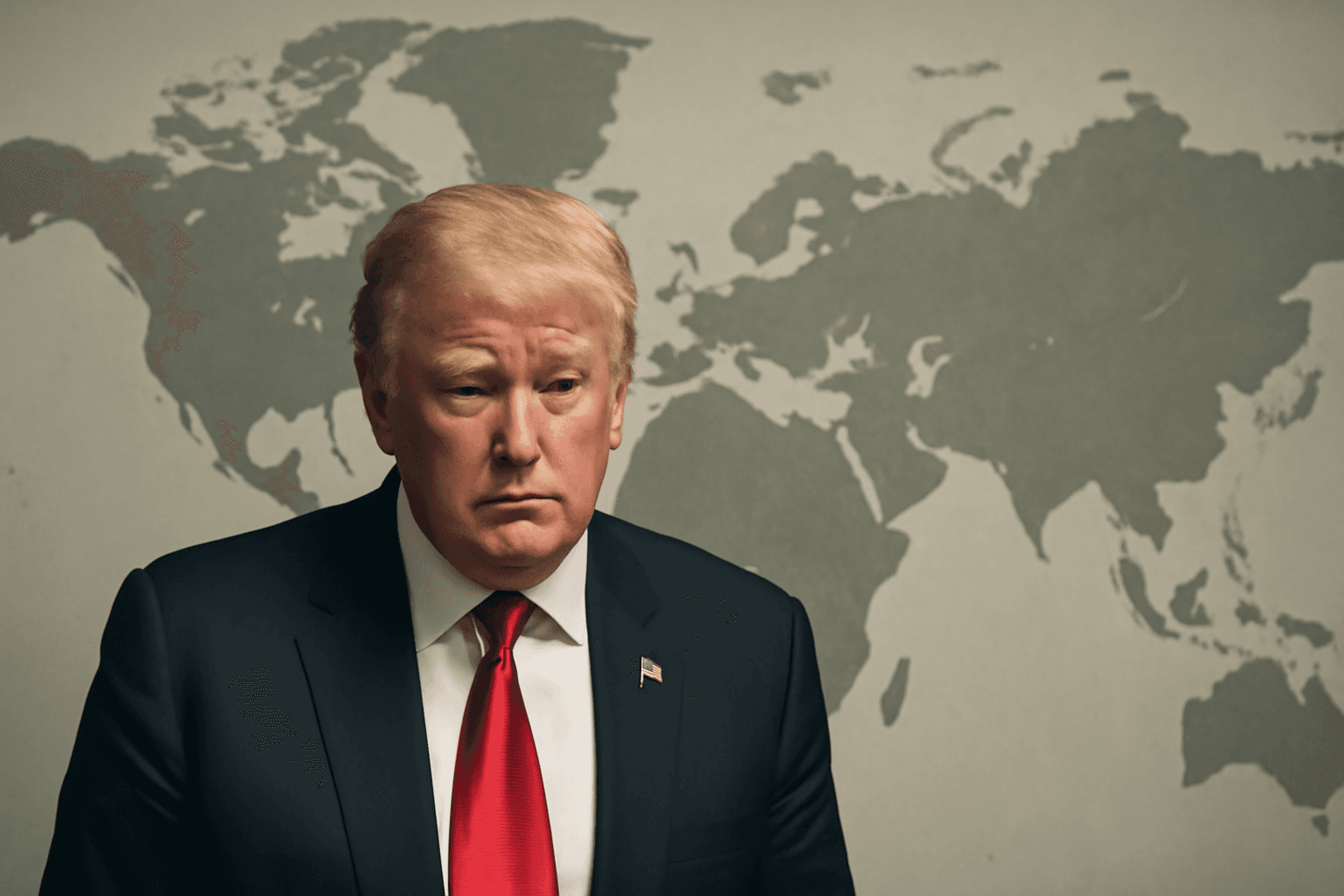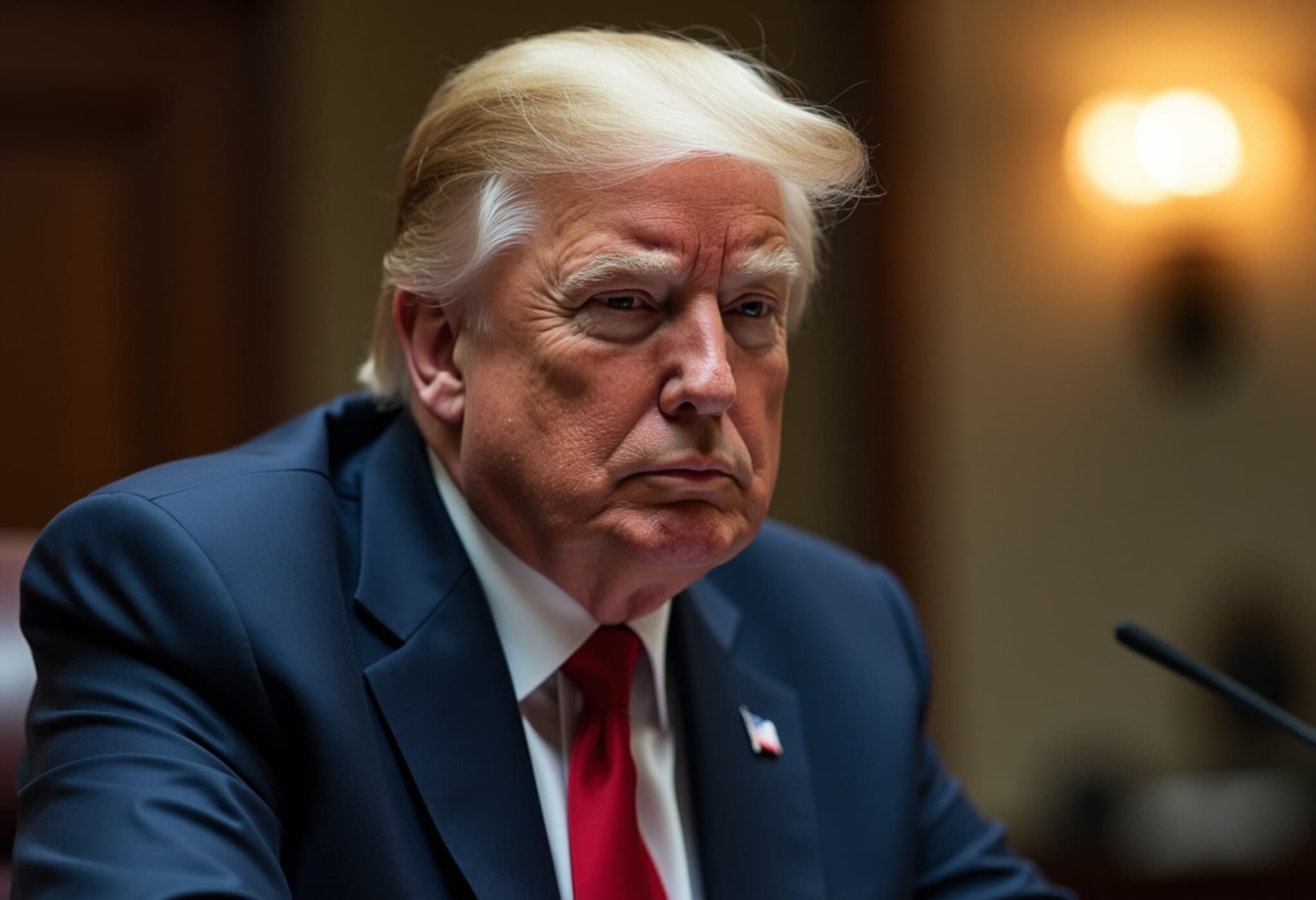The Treaty of Versailles and the Seeds of World War II
The outbreak of the Second World War, scarcely two decades after the First, is a stark reminder of how unresolved post-war tensions can fester into catastrophic conflict. The Treaty of Versailles, signed in 1919 to end World War I, imposed harsh reparations and territorial losses on Germany, sowing deep resentment and economic hardship that erupted into global war two decades later.
This treaty's punitive nature destabilized the newly formed Weimar Republic, plunging Germany into hyperinflation and political unrest. Leaders like Gustav Stresemann attempted to navigate these treacherous waters, but the treaty's impact proved too severe. As historian Amir Ali remarks, "The Treaty of Versailles didn’t just punish Germany; it inadvertently set the stage for the rise of extremist nationalism under Adolf Hitler."
Three Pillars Behind the Road to War
- Political Instability in the Weimar Republic: The fragile democracy was vulnerable to radicalism, enabling Hitler’s Nazi Party to rise to power by 1933.
- The Great Depression’s Global Shock: Beginning with the 1929 Wall Street Crash, worldwide economic despair deepened social unrest and nationalism, making extremist solutions more appealing.
- Appeasement Policy: Britain’s Prime Minister Neville Chamberlain’s attempt to avoid conflict with Germany through concessions—culminating in the Munich Agreement of 1938—ultimately emboldened Hitler to expand aggressively.
Notably, the remilitarization of the Rhineland (1936), Anschluss with Austria, and aggressive territorial claims over the Sudetenland demonstrated the frailty of the post-World War I peace.
The Devastating Course and Turning Points of WWII
World War II saw unprecedented military innovation and geopolitical upheaval. Unlike the trench warfare stalemate of WWI, WWII introduced blitzkrieg tactics—lightning-fast combined air and ground assaults that overwhelmed many European nations early on. The German Luftwaffe’s bombing campaigns during the Battle of Britain showed the new war’s chilling scale.
The war’s trajectory dramatically shifted after the United States entered following the 1941 Japanese attack on Pearl Harbor. The massive industrial and military capacity of the U.S. underpinned the Allied pushback against Axis expansions on multiple fronts.
- Battle of Stalingrad (1942–1943): The failed German siege marked a turning tide on the Eastern Front.
- North African Campaign: Decisive British victories curtailed Axis control near the vital Suez Canal.
- Operation Overlord (D-Day, 1944): The Allied landing in Normandy opened a western front liberating occupied Europe.
These pivotal battles underscore the combination of military strategy, technology, and international cooperation that eventually dismantled Axis ambitions.
Hiroshima, Nagasaki, and the Dawn of a New Global Order
The war concluded with the devastating atomic bombings of Hiroshima and Nagasaki in August 1945—ushering in the nuclear age and reshaping international power dynamics. The U.S. emerged as the preeminent superpower, initiating a rules-based global order anchored in the United Nations, alongside new financial institutions like the IMF and World Bank inspired by Keynesian economic thought.
Crucially, the horrors of the Holocaust spurred the international community to codify human rights norms, exemplified by the Genocide Convention of 1948 and the establishment of war crimes jurisprudence during the Nuremberg and Tokyo Trials.
Expert Insight: The Enduring Legacy of WWII
The Second World War was not just a conflict over territory but a battle over ideologies, human rights, and the vision for the international system. According to policy analyst Amir Ali, "The post-1945 order reflected a hard-earned consensus: to prevent future wars through diplomacy, legal accountability, and multilateral institutions." Yet, the contemporary international system still wrestles with these legacies amid rising nationalist sentiments and geopolitical rivalry.
Critical Questions for Reflection
- How did technological advances and tactical innovations distinguish WWII from WWI?
- What role did the U.S. industrial and military mobilization play in shifting the balance of power?
- In what ways did the atomic bombings reshape global diplomacy and deterrence doctrines?
- How did the Holocaust catalyze modern human rights frameworks and legal norms?
- What lessons from the creation of post-war multilateral institutions remain relevant in today’s global challenges?
Looking Ahead: The Importance of Remembering and Understanding WWII
The recent UK-Germany bilateral treaty signifies a remarkable evolution from adversaries to partners in mutual security—a testament to the enduring impact of WWII history on today's geopolitics. As nations navigate a complex world order marked by both cooperation and rivalry, the lessons of the past remain a crucial guidepost.
The Second World War reshaped global politics, economics, and international law in ways that continue to resonate. This article delves beyond battlefield chronology to highlight how unresolved grievances, economic upheavals, and political miscalculations precipitated the conflict and its transformative aftermath. Readers are encouraged to reflect on the enduring legacies of WWII, including the fragile balance of power and the ongoing struggle to maintain a rules-based international order in the 21st century.

